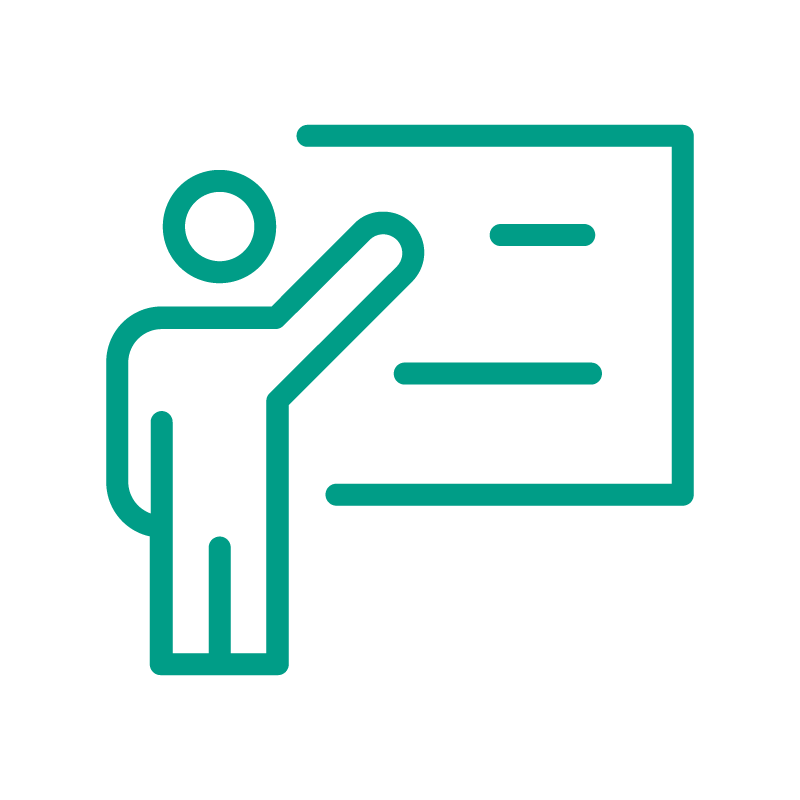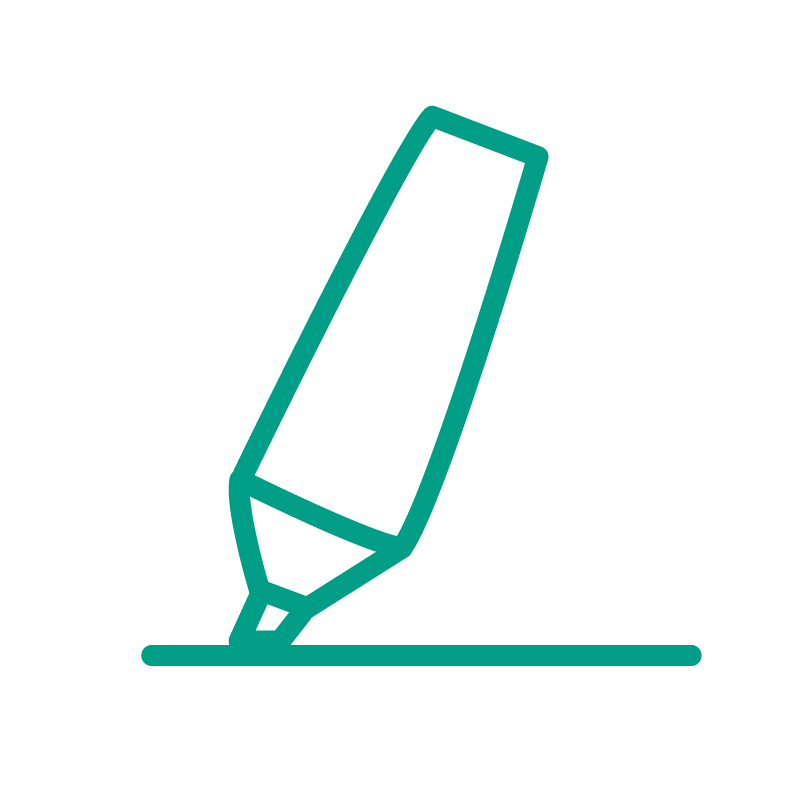"(...) we do some experiments; we think about them; we work out a theory; and then, finally, we add two plus two. That's how you learn."
Gladwell, 2010
How to learn?
How to acquire skills?
How to show results?
How to perform in a way that is compatible with the effort?
"I studied and studied, I have barely lived in recent times"; "I no longer know what I want, I no longer know who I am or what defines me". "I don't know how to study, how did I get this far?"
These are some of the usual phrases of medical and nutrition students, heard in the corridors. They are frequent in the safe space of a support office. Requests for help. Desperation is visible in the eyes of the beholder. Another exam that didn't go as expected, or the anticipation of a difficult moment that one doesn't want to go through. There is a mix of emotions and thoughts: continuing and giving up coexist. We need to stop, we need to review methods, we need to organise, prioritise and... live. We can’t stop studying Medicine and Nutrition. Throughout the life cycle more knowledge is integrated, more information is introduced, so it seems fundamental that the practice of study is effective. Fruitful, here and now. But, if possible, it should later be recovered and remembered to "build on other knowledge". It should be consolidated in the best way possible. That it is useful beyond the function of passing the exam. The sooner you learn effectively, the more useful it will be.
You don't start building a house from the roof. Let's get down to basics. Changes in diet and sleep are common while studying intensely for an exam. A false perception of efficiency. Not stopping and not wasting time are constantly in the back of your mind. A meal between the books, between the computer, and making the most of every second.
It is essential to stop. Take breaks, without guilt, that can be "therapeutic". Wake up, wash up, change clothes. Choose a comfortable place to study. Have healthy snacks nearby and liquids. At home, in the library, in a café. With music or without music, individual study or with others. Whatever works best for you. We have to define ourselves as "students". What is best for me may not work so well for the other colleague and vice versa. We have to practice. Experiment with what suits me and each subject. Studying for microbiology may be different from the methodology or context I use to study anatomy or for physiology. Despite the personal differences we all have, there are in fact strategies that tend to be more effective.
It is important to define a realistic plan. What is really important. How much time do I have. An estimate of how long I will take. Establish the day's priority. What you can't afford not to study that day. Start with the priority, as it increases your sense of control and self-efficacy. Sometimes it is also important to start with a subject where you feel confortable and alternate with more demanding and less "worked on" subjects. Finish the day again with an appealing topic. Defining a realistic plan is usually not an easy task. There is often a tendency to have very high expectations for the amount of study you set for each day. Yet, even when the plan is well structured, it can still fail. We are not 100% productive every day in the same way. Accept it. Restructure. Evaluate how many things went well. If you hadn't defined the plan you might not have even started.
Organise the place where you will study. What do you need? Have everything close by. Computer documents, organize them in easily accessible folders. Prioritize (it is not realistic to think I can read everything. Focus on what is essential.) Control distractors. Our productivity increases markedly with the phone out of our visual and auditory range.
It begins. Just start. There is no way to beat procrastination until you start. If starting is difficult, the first phase of study may only be 15 minutes. Engage with the content. Possibly 90% of students will stay on task longer. They have broken through initial resistance.
Study cycles are effective. The famous "pomodoro" technique. Use the technique flexibly and adapt whatever makes more sense and is more suited to you. 25 minutes of study, 10 minutes break and then 25 minutes more. You have completed 1 study cycle. Take a longer break, 30 minutes, 1 hour. Analyse if you can manage one more study cycle.
Take advantage of breaks to exercise. Get up. Hydrate yourself. Take a short walk around the house. At home. On the balcony. Whatever's possible. Open the window. Oxygenate yourself. Take the opportunity to prepare a more complete (but easy!) meal. Take out the trash. Go to the nearest supermarket to buy something that's out of stock.
Be aware of your inner speech, catastrophic and self-deprecating thoughts. Remember the challenges you have been through and overcome. Don't forget your positive experiences and all previous achievements. Use imagery. See yourself as confident, assured at the time of the exam. Build up your confidence. In the worst case scenario, accept that you will continue to do your best in future exams.
Read. Read again. Underline. Use colours. Make diagrams. Colours, mind-maps, flashcards, post-it notes can be helpful. Practice self-questioning and paraphrasing. Ask yourself questions and/or study in groups and ask each other questions. Complete an answer as best as you. If you are alone, try to explain what you have studied as if someone else was listening. These strategies will make it easier for you to take in the information and enable you to understand what you have understood better or what you to study more, and possibly look for further information and/or ask for help from colleagues who have already taken the course or are also studying for the exam. Make a list of words. Use different sources of information (e.g. videos, books, audios). Active study techniques are most effective. Record audios. You can listen to them with headphones in various contexts. It helps to consolidate.
Observe yourself. Evaluate yourself. Restructure your methodology. Replicate what works for you and for each content.
More structured suggestions for techniques:
Underline
Only underline what is really important in each paragraph.
Remember that underlining everything is equivalent to having nothing underlined.
Use colour coding.
Read and read again
First do a first exploratory reading, where you make notes in the margin. At the same time, it may be helpful to use underlining, which will enable key words to be highlighted when reading again.
Read again. Do a second reading in order to understand and memorise important points.

Outline
Outline the main ideas you have read. Where possible, relate the information with arrows, squares, circles or braces. You can use different colours.
You can make diagrams which are more cause-effect oriented, others which organise categories hierarchically, make comparisons (similarities and differences) and make mind maps.
Self-questioning
Ask yourself questions;
Clarify what you have not understood.

Paraphrase
Explain in your own words what you have read as if you were explaining it to a colleague or giving a lesson.

Bibliography
Carita, A., Silva A., Monteiro, A. & Diniz, T. (2001). Como ensinar a estudar. Lisboa: Editorial Presença.
Cosme, A. & Trindade, R. (2001). Área de Estudo Acompanhado: O Essencial para Ensinar a Aprender. Porto: ASA.
Dias, M. & Nunes, M. (2003). Manual de Métodos de Estudo. Lisboa: Edições Universitárias.
Dunlosky, J., Rawson, K., Marsh, E., Nathan, M. & Willingham, D. (2013). Improving Students Learning With Effective Learning Techniques: Promising Diretions from Cognitive and Educationa Psychology. Psychological Science in the Public Interest 14 (1), 5-58.
Gladwell, M. (2010). Blink: “Decidir num Piscar de Olhos”. Lisboa: Dom Quixote.
Knapp, J., & Zeratsky, J. (2018). Make Time: How to Focus on What Matters Every Day. London: Penguim.
Silva, A. & Sá, I. (1997). Saber Estudar e Estudar para saber. Porto: Porto Editora.
Joana Marafuz
Psychologist at Espaço S






